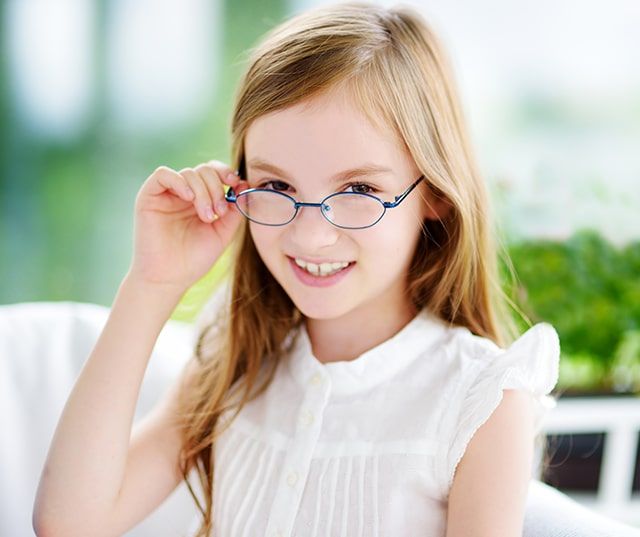HERO
WELCOME
Welcome
To Dr. Stephen Nevett and Associates
We're a sincere company with a straightforward vision.
Our goal is to make a positive difference in the health of our patients.
With us, vision care goes far beyond an examination.
CTA LINKS
CLARIFYE

SAY HELLO TO THE FUTURE OF THE EYE EXAM
From the moment you sit down for your CLARIFYESM exam, you’ll see how far we’ve come. No more old-fashioned knobs and hand-turned lenses. Instead, your optometrist and highly trained technicians will use our advanced digital system to give you a more comprehensive understanding of your eye health and vision.
MEET THE DOCTORS
TESTIMONIALS
Testimonials
What Our Patient Say
Since I started having Dr. Nevett check my eyes a few years ago, I've been extremely pleased with the care I've received. He looks carefully at the results of tests, and then explains what he observes in a way that I can understand. He's truthful but also reassuring. I have confidence in him.
Dr. Ashley was very personable, knowledgeable and competent. She was accepting of my struggles with bifocals. Thanks for that.
Dr took time to help me understand my eyes better.
Brilliant, kind, explained everything, optimistic, empathetic
Everyone (doctors, staff, salespeople) are very helpful, friendly, and efficient! So glad me and my eyeballs go to this office!











